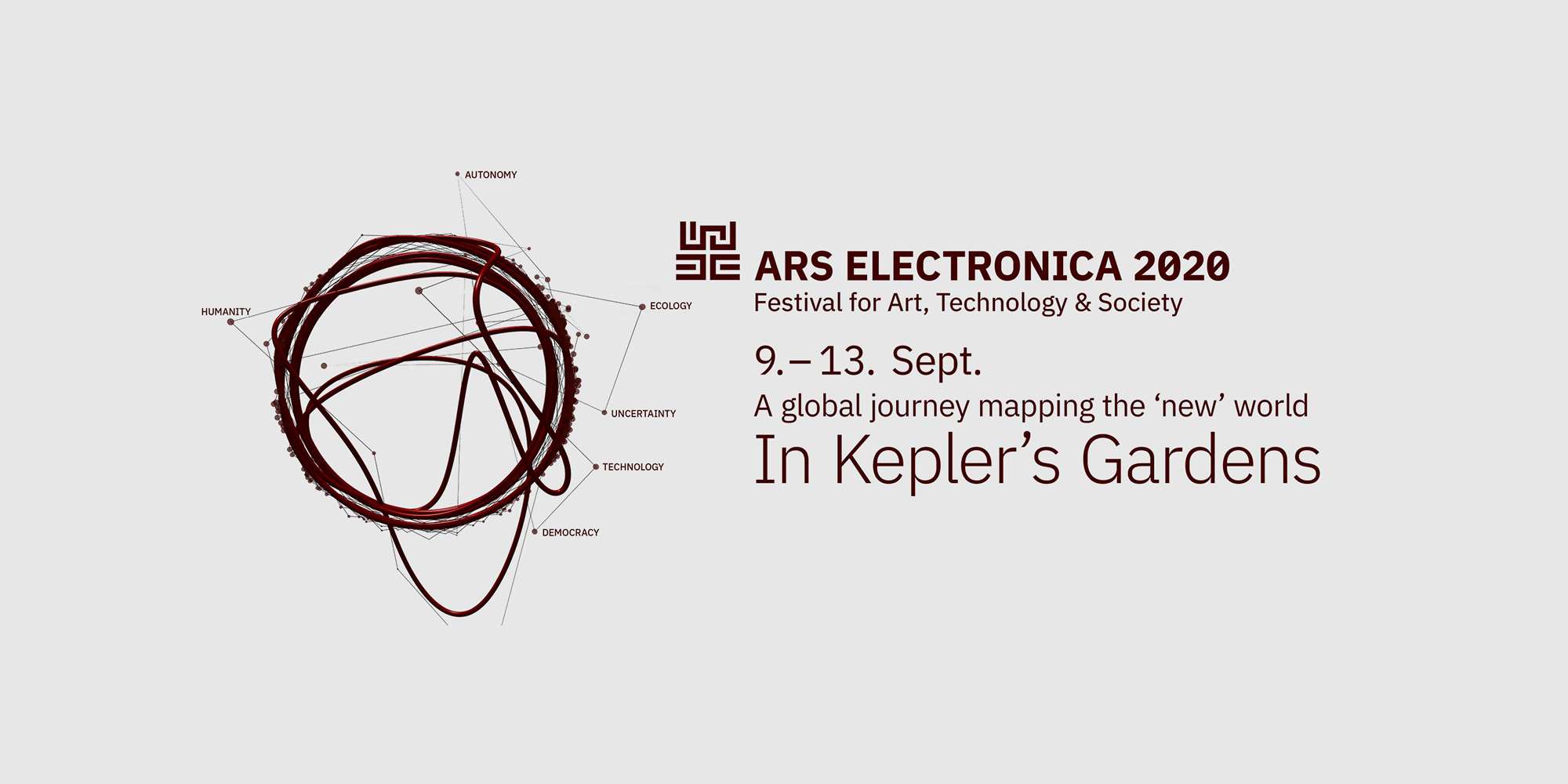Activists
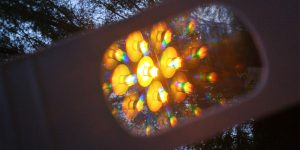
Tired Moths and Quiet Stars
Sibylle Schroer (DE)
Das Projekt Tatort Straßenbeleuchtung arbeitet mit Bürger*innen und Schulen zusammen, um die Auswirkungen des Designs von Straßenlampen auf fliegende Insektenpopulationen zu erforschen. Schließe Dich dem Team im brandenburgischen Makerspace Verstehbahnhof an, wo Teenager aus der Umgebung Daten zur Umweltverschmutzung sammeln, bevor sie die vier Standorte von Tatort Straßenlampen besuchen und lernen, wie man Fluginsekten erkennt.
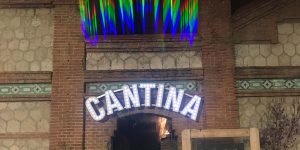
Street Spectra – Join the Streetlights Hunting!
Lucía García (ES)
Verwandel Dein Smartphone mit Hilfe eines billigen Beugungsgitters in ein wissenschaftliches Instrument. Mit dem Citizen Science Projekt Street Spectra erhältst Du überraschende Bilder von den bunten Spektren, die die Straßenlaternen in Deiner Nachbarschaft erzeugen.
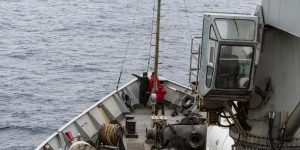
Scientific papers
Paper authors: It starts with an inverted map. Chronicle of an imaginary and literal navigation through the southern tip of America. By Paula López Wood "Roots and inorganic forces, tectonic-climate interaction: its meaning in the evolution of the landscape and the habitability of the territory " By Gerd Sielfeld Art, science and society from a critical museology. THE OPEN LANDSCAPE BEHIND THE BORDERS By Alessandra Burotto Tarky Remain or Return: The Ancestral Communities of Magallanes from Hornos Island By Alfredo Prieto

Terra Australis Ignota Research Group Round Table
A Conversation between the different areas involved in the Terra Australis Ignota project. Nicolas Spencer, Artist and Director of Terra Australis Ignota project Víctor Mazón Gardoqui, Researcher and artist Alfredo Prieto Iglesias, Archaeologist and researcher at University of Magallanes Gerd Sielfeld, Geologist and scientist council of Prisma Austral Foundation Paula López Wood, Writer and travel Journalist Alessandra Burotto, Curator of Museum of Contemporary Art Catalina Montero, Producer of Terra Australis Ignota project and talk moderator

A Utopian Post-Colonial Future – Victoria, Australia 2027
Melbourne School of Design (MSD), The University of Melbourne (AU)
Can we imagine a utopia that creates a post-colonial social and political framework and overcomes the concept of land as commodity, inspired by indigenous concepts of relationship to country? Emerge yourself in VR to engage in a multitude of future scenarios that sketch out the potential to reflect on these questions.
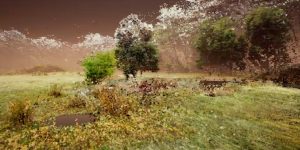
Voices of Country
Dr. Rochus Urban Hinkel (AU); in collaboration with NExT Lab, Melissa Iraheta and Tony Yu (AU); Büro Achter April (DE); Dr. Hélène Frichot (AU)
This VR movie is set in the rural landscape of the Dja Dja Wurrung aboriginal tribe in southern Australia. The project tells stories of the land from different perspectives, allowing the audience to move through the site by engaging in a VR environment, with narrators telling different stories.
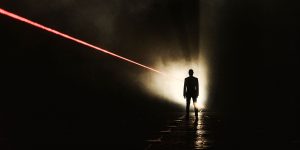
Interview with Jonathan Parsons and Matthew Sleeth
Matthew Sleeth, Jonathan Parsons, Lubi Thomas
In this interview, the Artist Matthew Sleeth will be joined by his producing partner and Experimenta Artistic Director Jonathan Parsons.

What We Eat
Laurie Frick (US)
As part of Heartbeat of the Earth, a series of online interactive artworks interpreting climate data, data artist Laurie Frick’s work examines the impact of individual foods on the environment using hand-drawn data visualisations, color coded and sized by CO2 output.
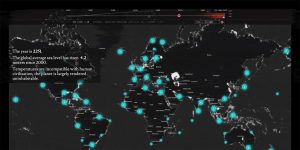
Coastline Paradox
Timo Aho (FI) & Pekka Niittyvirta (FI)
As part of Heartbeat of the Earth a series of online interactive artworks interpreting climate data, using Google Maps and Street View, artists Pekka Niittyvirta and Timo Aho visualize the predicted sea level rise – and the number of people likely to be displaced – in more than 200 different locations between the years 2000 and 2300.

Timelines
Fabian Oefner (CH)
As part of Heartbeat of the Earth, a series of online interactive artworks interpreting climate data, artist Fabian Oefner explores the retreat of the Rhone and Trift glaciers in Switzerland over the last 140 years by using precise digital coordinates and special drone captures.
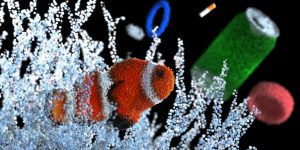
Diving into an Acidifying Ocean
Cristina Tarquini (IT/FR)
As part of Heartbeat of the Earth, a series of online interactive artworks interpreting climate data, digital artist Cristina Tarquini invites us to dive into our acidifying oceans using data from NOAA. Cristina Tarquini (IT) created an interactive data visualisation, inviting you to dive into the ocean and explore the impact of rising temperatures & in turn rising CO2 levels on marine life, over time.
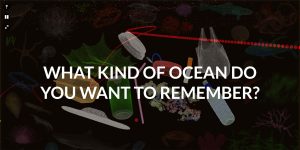
Diving into an Acidifying Ocean – Q&A
Cristina Tarquini (IT/FR), Frédéric Gazeau (FR) & Freya Murray (UK)
Join the Q&A with the artist who created the online experiment and the scientist who advised her.

#festivalstories
Lennard Barth (AT), Celine Fahrngruber (AT), Samuel Gerersdorfer (AT), Joshua Haiden (AT), Elias Illig (AT), Sophie Kaufmann (AT), Irina Pitterle (AT) Xaver Quintus (AT)
Junge Filmemacher*innen, junge Talente, Young Professionals sind aufgefordert, Minidokumentarfilme zu drehen, die ihre Perspektiven und Eindrücke von den Themen des Festivals festhalten. Anstelle einer allgemeinen Festivaldokumentation werden acht Kurzgeschichten produziert, die verschiedene Slots und Protagonist*innen enthalten.
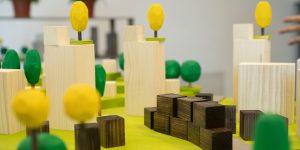
Baukasten der Zukunft
Louise Amcha (AT), Hannah Ertl (AT), Leonid Stanislav Lang (AT) und Marlene Urban (AT)
Der Baukasten der Zukunft ist ein interaktives Gedankenexperiment einer jungen Künstler*innen-Gruppe. Das Projekt besteht aus einem großen, einladenden Holzmodell einer Landschaft, in welcher die Besucher*innen ihre eigene Stadt planen können. Ergänzend dazu baut ein Computerprogramm per Knopfdruck unter denselben Bedingungen auch eine Version einer Stadt. Anschließend gilt zu bewerten, welche Vor- und Nachteile jede Version mit sich bringt und welche Lösung die beste für unsere Zukunft wäre.
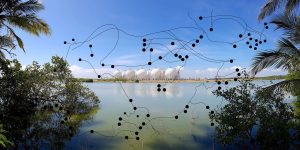
Garlic Med.Eat.Ation
Jennifer Katanyoutanant (US/TH), Grace Cong Xin Wong - Art Farm (US/HK), Zden Brungot Svíteková (SK)
The first chapter in our continuing Remote Intimacy series, Garlic Med. Eat. Ation creates sensory solidarity by exploring how intimacy can be shared remotely/virtually through touch and taste. Please bring a clove of garlic to experience the exhibit.

Future Focus – Fragile Worlds II
Victoria Bradbury, Suzy O’Hara, Ayodamola Tanimowo Okunseinde, Irini Papadimitriou, Paolo Cirio
This session builds on a series of provocations and discussion following from the Art Hack Practice series, exploring artistic practices and the role of art at a time of crisis, shifting spaces of production, care and labour in a precarious world.

Mutations of the image. The revolt of photography
The first Valdivia International Festival of Photography, Directed by Carlos Fischer, was shaken by the revolt. The photographers changed their workshops on the streets. Lectures mutated. Images too. The abundant photographic material produced during those days in Valdivia, along with the video that reconstructs the convulsed days of the festival, make up an unexpected videogram of the revolt that can be viewed on the online platform of the Replica Gallery associated to UACh's Mutations project.
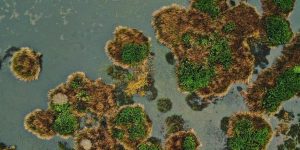
Ecosystem mutations. Wetland Removal.
An 8.5% of the surface area of Los Rios Region in southern Chile is made up of wetlands. Around the city of Valdivia, the presence of wetlands is particularly dense and some areas today are national monuments. A wetland is an ecosystem that is sometimes divided at the surface, but which constitutes a networked ecological continuum. Thus, to alter a part of the wetland is to modify the whole ecosystem. Promoting the convergence of different organizations, the Austral Garden program proposes an aerial route over the geography and natural environment where Universidad Austral de Chile is located. The purpose is that scientists and researchers can share their studies and reflections to spread the importance of wetlands, as well as showing the mutation of this natural eco-system.

COSA Connectors Live
Aren Davey, Everest Pipkin, shawné michaelain holloway
The three COSA Connectors will come together in a Livestream to talk about creative open-source software tools. They will discuss the series so far, talk about tools they would like to see created, and how they use the tools for their personal work. We will take questions from the viewers via the live-chat, including questions about using other tools and suggestions for future episodes.
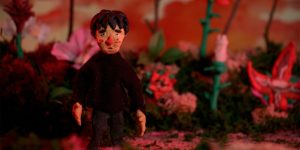
Prix Ars Electronica u19–create your world
Die diesjährige u19-Ausstellung lädt alle Gewinner*innen ein, Ideen und Projekte miteinander auszutauschen. Ihre „Homebase“ ist die physische Ausstellung der Projekte, wo sie diese anderen Künstler*innen und dem Publikum erläutern können. Sie lassen andere an ihren Talenten teilhaben und präsentieren dem Publikum des Ars Electronica Festival ihre Sicht auf mögliche Zukunftsszenarien.
